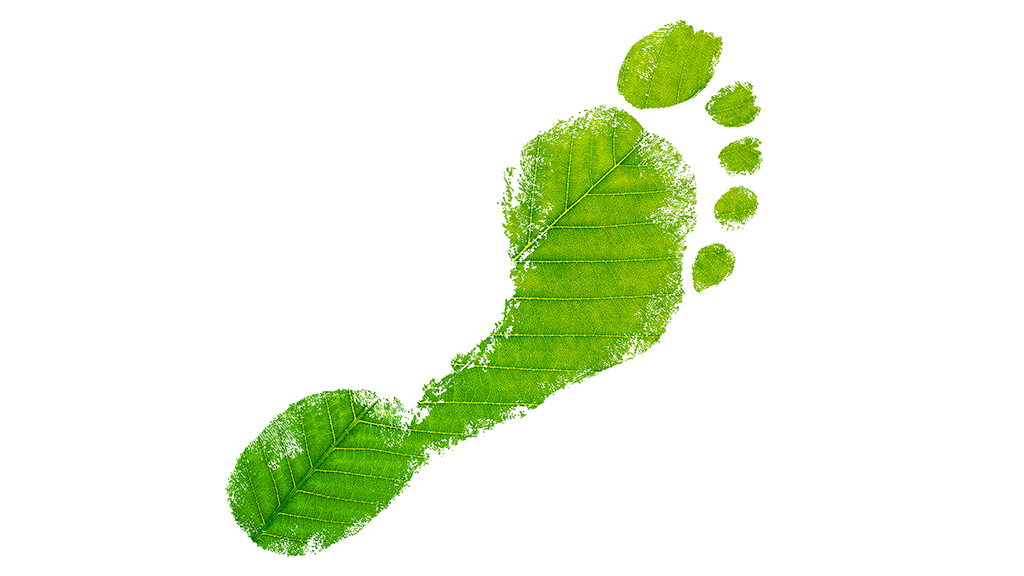Abstract
This case makes use of the concept of the "ecological footprint," developed by Wackernagel and colleagues to quantify the amount of land area required to sustain the lifestyle of a population of any size. Students calculate their consumption of energy and materials to determine their personal ecological footprint and in the process learn about concepts of sustainability, ecological efficiency, and energy flow up food chains as well as the moral and ethical dimensions of how our lifestyles impact the Earth. The case includes an Excel spreadsheet for students to track their personal consumption of resources, available from Supplemental Materials. Developed for an introductory biology course, the case could also be used in upper level courses such as ecology, conservation biology, evolution, diversity, and the biology of social issues, or in a non-majors biology course.



